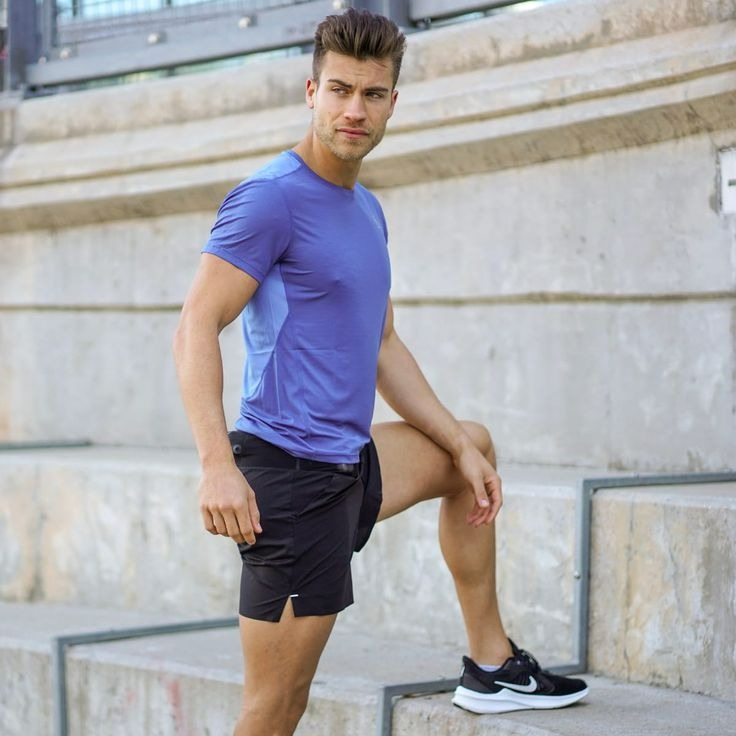Introduction
Cycling enthusiasts know that choosing the right gear can make all the difference in comfort, performance, and enjoyment on the road. A lightweight cycling jacket is one such essential piece that provides versatile protection without compromising mobility or speed. This comprehensive guide delves into the key aspects of lightweight cycling jackets, including their benefits, features, materials, and how to choose the perfect one for your riding needs.
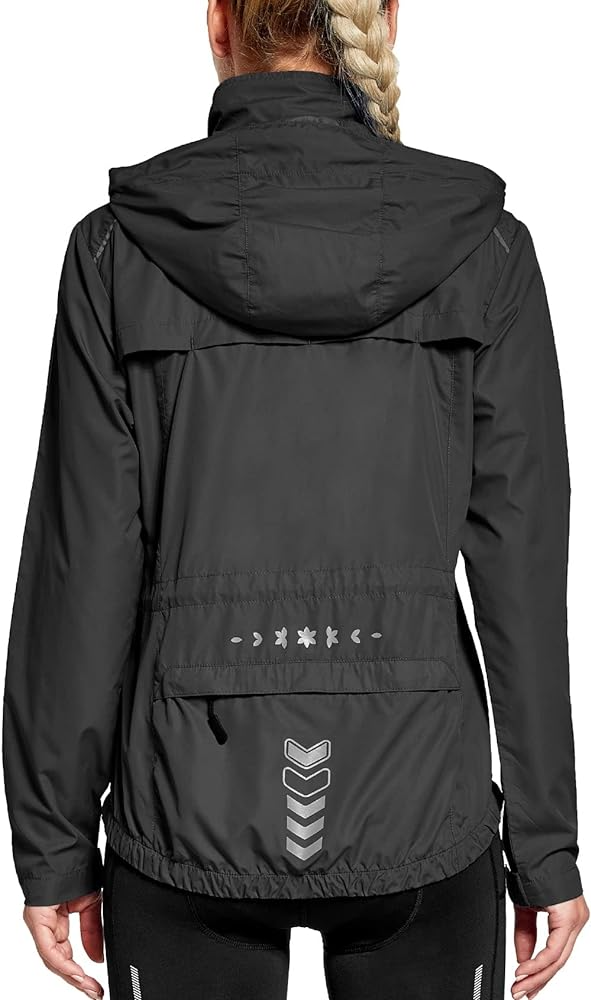
The Advantages of Lightweight Cycling Jackets
Weather Protection
Lightweight cycling jackets excel in providing a barrier against wind and light rain, shielding riders from chilling gusts and unexpected showers without adding excessive bulk. Their water-resistant or waterproof membranes, combined with windproof materials, create a shield that keeps you warm and dry during cooler, damp rides. Moreover, the jackets often feature strategic venting or breathable fabrics, allowing sweat to escape and preventing overheating during moderate-intensity efforts.
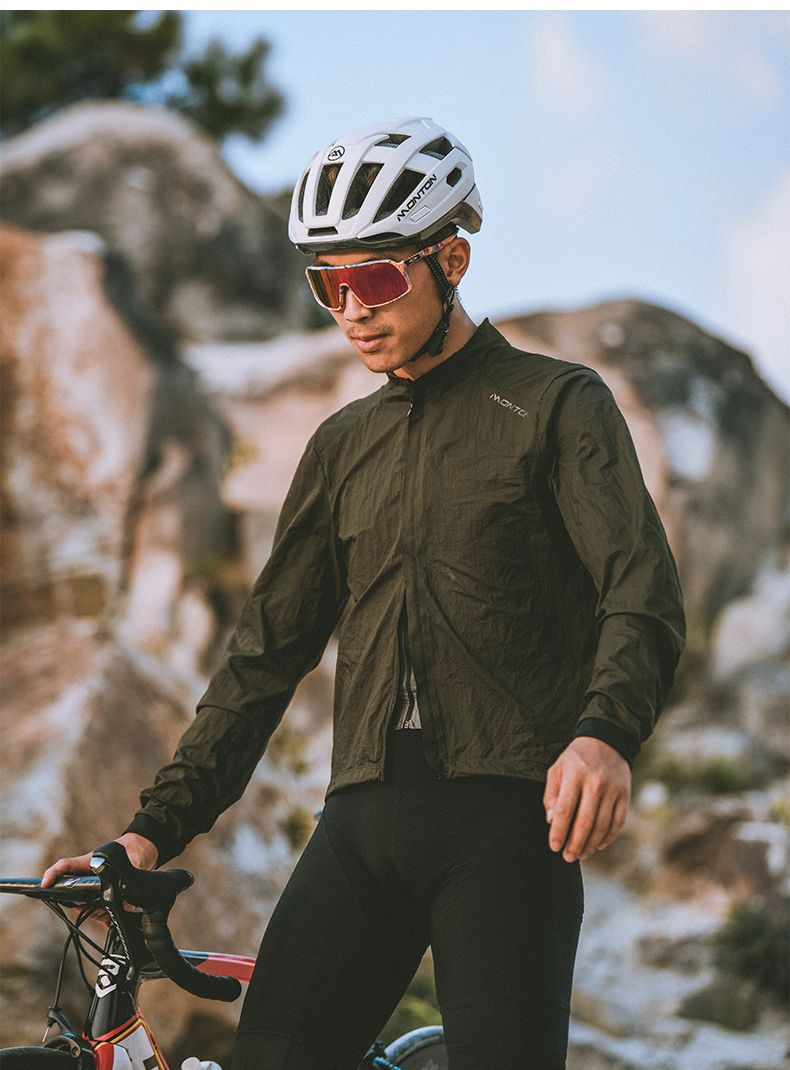
Packability
One of the standout features of lightweight cycling jackets is their incredible packability. Designed to fold down into compact sizes, these jackets easily stow away in a jersey pocket or saddlebag when not needed, ensuring you’re always prepared for changing weather conditions without weighing you down or taking up valuable storage space.
Versatility
A well-designed lightweight cycling jacket serves as a multi-season garment, adaptable to various climates and riding scenarios. In mild spring or autumn weather, it functions as a standalone outer layer, while in colder conditions, it can be layered over thermal base layers or under heavier shells for added insulation. Additionally, many models offer hi-vis accents or reflective details, enhancing visibility during low-light rides and ensuring safety on the road.
Key Features to Consider
Fit and Cut
A proper fit is crucial for both comfort and aerodynamics. Look for a jacket that hugs your body closely but allows enough room for movement and layering. The cut should be tailored for cycling, with longer sleeves, dropped rear hems, and articulated elbows to accommodate your riding position. Elasticated cuffs and hemlines help keep the jacket in place and prevent wind from sneaking in.
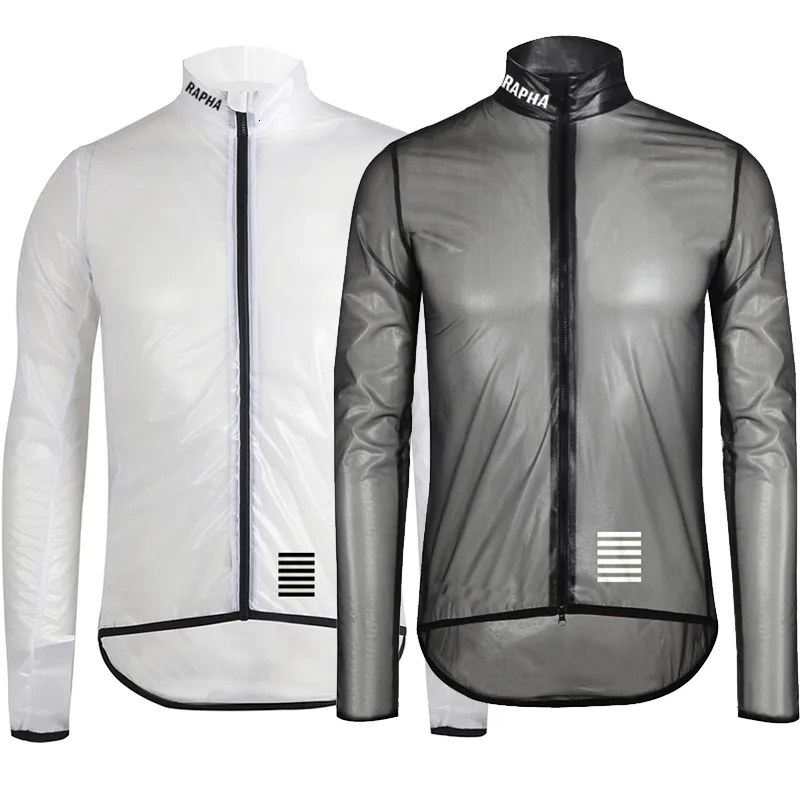
Breathability and Ventilation
To maintain optimal temperature regulation, choose a jacket with breathable fabrics and ventilation systems like mesh panels, underarm zips, or strategically placed vents. These features allow excess heat and moisture to escape, preventing clamminess and discomfort during exertion.
Pockets and Storage
While not all lightweight cycling jackets include pockets, some offer rear pockets or a chest pocket for storing essentials like energy gels, keys, or a phone. These compartments add convenience without detracting from the jacket’s streamlined design.
Visibility and Safety
Enhanced visibility is a valuable feature, particularly for commuters and those who frequently ride in low-light conditions. Look for jackets with bright colors, reflective trims, or even integrated LED lights to increase your presence on the road.
Materials and Technologies
Membranes and Coatings
The primary waterproofing or water-resistance in lightweight cycling jackets comes from either a waterproof membrane (e.g., Gore-Tex, eVent) or a durable water-repellent (DWR) coating applied to the outer fabric. Membrane-based jackets offer superior waterproofing and breathability, while coated jackets tend to be more affordable and better suited for light rain and wind protection.
Outer Fabrics
The outer shell of a lightweight cycling jacket is typically made from lightweight, ripstop nylon or polyester, which offers durability, wind resistance, and quick drying properties. Some high-end models may incorporate advanced materials like Pertex or Polartec NeoShell for enhanced breathability, stretch, or weight reduction.
Inner Linings
Some jackets feature a thin, moisture-wicking lining to enhance comfort by providing a soft, next-to-skin feel and aiding in sweat management. Others opt for a minimalist, liner-free construction to maximize breathability and reduce weight.
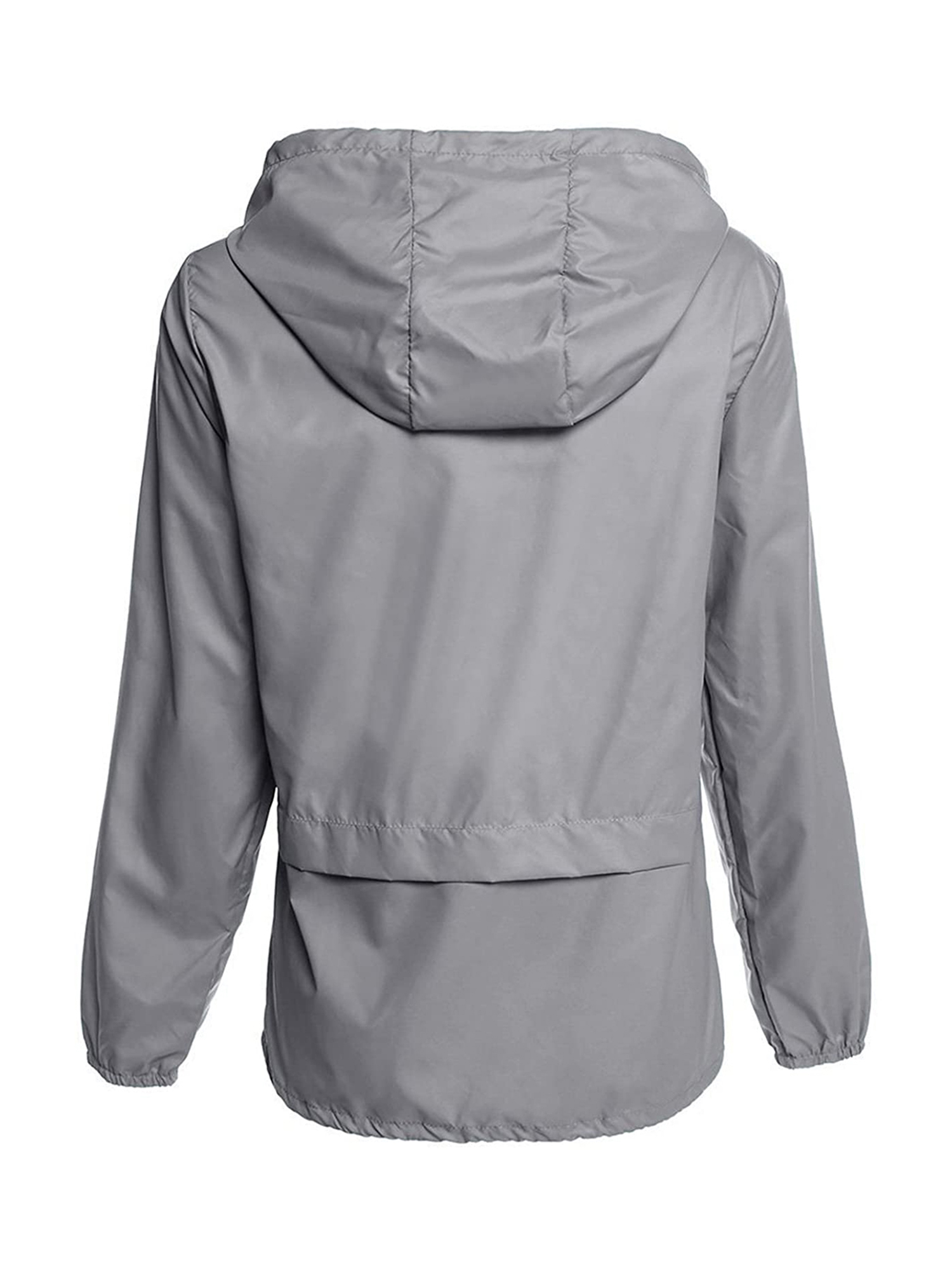
How to Choose the Right Lightweight Cycling Jacket
Choosing the right lightweight cycling jacket involves considering several factors to ensure that you select a garment that provides optimal protection, comfort, and performance for your rides. Here’s a step-by-step guide to help you make an informed decision:
Weather protection
Determine the primary weather conditions you’ll be cycling in. A lightweight jacket should offer wind resistance, as wind chill can significantly reduce body temperature during rides. Additionally, look for water-resistant or waterproof options if you expect light rain or drizzle. Some jackets use materials like Gore-Tex or other breathable membranes to balance protection from moisture with breathability.
Breathability
A good cycling jacket should allow sweat to escape, preventing overheating and discomfort. Check for fabrics with high breathability ratings, such as polyester, nylon, or blends incorporating mesh panels or ventilation zippers. These features will help maintain a comfortable microclimate inside the jacket, even during intense efforts.
Fit and ergonomics
A cycling jacket should have a close but not restrictive fit to minimize flapping and maximize aerodynamics. Look for features like articulated sleeves, a dropped tail to cover your back while in riding position, and a higher front collar for added wind protection. The hem should be adjustable (e.g., with drawstrings or elastic) to keep the jacket in place, and cuffs should be snug enough to prevent air infiltration but still allow easy movement.
Packability
Since lightweight jackets are often worn as part of a layering system or for unpredictable weather, it’s essential that they can be easily stowed when not needed. Opt for a jacket that is compact and comes with its own stuff sack or can be packed into one of its pockets. Some jackets are designed to fold into themselves, making them incredibly convenient to carry.
Visibility and safety features
If you ride in low-light conditions or on busy roads, choose a jacket with reflective details or hi-vis colors. Strategically placed reflective elements on the chest, back, shoulders, and arms increase your visibility to other road users. Additionally, consider jackets with integrated LED lights or compatibility with clip-on lighting systems for enhanced safety.
Ventilation and temperature regulation
Some lightweight jackets offer additional temperature control features like vented back panels, underarm zippers, or perforated fabrics. These can be particularly useful for variable weather conditions or rides with fluctuating intensity levels.
Durability and quality
Inspect the construction, seams, and zippers to ensure they’re sturdy and well-made. A durable jacket will withstand the rigors of regular cycling and provide better value over time. Check user reviews and brand reputation to gauge the jacket’s expected longevity.
Pockets and storage
Convenient storage is crucial for carrying essentials like keys, phone, snacks, or spare tubes. Look for jackets with at least one or two rear pockets, preferably with waterproof or water-resistant lining for added protection. Some jackets also feature internal pockets for valuables or media device compartments with headphone routing.

Comfort and convenience features
Other factors that can enhance your riding experience include soft, fleece-lined collars or cuffs for added warmth and comfort, hoods (detachable or stowable) for extra protection against rain or wind, and zip garages to prevent chafing at the chin or neck.
By carefully evaluating these aspects, you can find a lightweight cycling jacket that suits your specific needs, ensuring you stay comfortable, protected, and ready to tackle any ride, regardless of the weather.
Conclusion
In conclusion, a lightweight cycling jacket is a versatile and indispensable addition to any cyclist’s wardrobe. By understanding the benefits, key features, materials, and considerations involved in selecting the right jacket, you can make an informed choice that will elevate your riding experience in various weather conditions and seasons. Invest in a quality lightweight cycling jacket, and you’ll be ready to tackle the open road with confidence, comfort, and style – no matter what Mother Nature throws your way.


